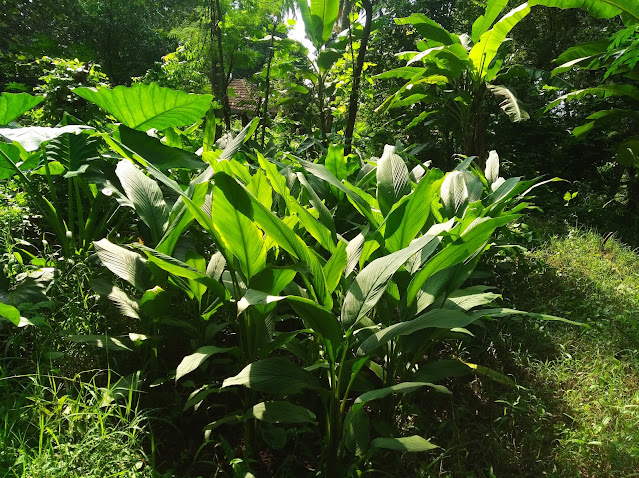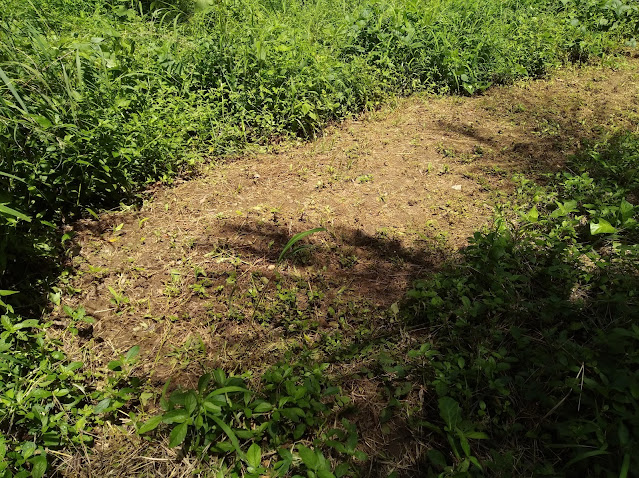I am not growing Mucuna, but this article gives some inputs from the video
https://www.accessagriculture.org/reviving-soils-mucuna.
Mucuna is a vigorous leguminous perennial creeper cover crop used in plantations. In Kerala it is seen in rubber plantations. It is not good for cattle, there are reports that it may kill cattle, if eaten in large quantities. Since it is perennial and vigorous creeper, once established all the weeds will be gone. When I was looking for perennial cover crops, this was one option for me. But since it may kill grazing animals, didn't prefer it, and went for Pureria. Even though both Mucuna and Pureria generates enormous amount of biomass, but never seen anyone using it in orchards. So when I saw Mucuna being used in West Africa for regenerating soil, I was amused.
The following scenarios are discussed in the video..
West africa has 2 rainy seasons, major rainy season from April through June and short rainy season from October through December. Farmers typically grow maize and casava with start of the rain. After maize is harvested casava continues and then casava is harvested. Some farmers do two maize crops and with erratic rains, they may not get a second harvest. Also since nothing is returned to soil, soil depletes and maize harvest declines. To regenerate soil some farmers plant mucuna in between maize when maize crop has completed 60 days, by this time pods would have formed. Planting is done between maize rows.

Maize is planted at 80cms distance between rows and 40cms within rows. 2 maize seeds are planted in one hole. Maize field will be weeded before planting Mucuna.60Kgs of Mucuna seeds are required per hectre. Every 40cms, two seeds will be dropped in the hole and covered. By the time maize is harvested Mucuna grows over maize and this continues till the end of the short rainy season. After this, thick layer of mulch decomposes in the summer. With first rain, they sow seeds of maize and some farmers do this without ploughing. If the soil is poor, they advise to sow Mucuna for 3 years and after that on alternate years.

Mucuna improves the soils and also gets rid of some difficult weeds. After the rain field with Mucuna remains, there is little run off and retains water, while field without Mucuna,water just runs off. Soils with Mucuna is soft and easy to work with rain, while the other fields become hard. Even without tilling planting becomes possible with Mucuna left over. Conventionally they harvest 10 bags of maize per hectre and with Mucuna it is 30 bags per hectre.Similarly for Casava, it is 30 bags of flour per hectre with Mucuna and 4-5 bags of flour without Mucuna
Here is the video which tells how they use Mucuna for regenerating soil.
https://www.accessagriculture.org/reviving-soils-mucuna
Conclusion
Since Mucuna grows very fast and fixes lots of nitrogen and generates lots of biomass, it is a good option to grow that as a cover crop after the harvest of the rice, this typically gives around 8 months of growth, considering a 4 month duration rice variety. If the mucuna is sown 1 month before harvest of rice, this can become 9 months. If we go for two crops, each with duration of 4 months, we can still grow it for 5 months. One problem is that seeds are not readily available.


























